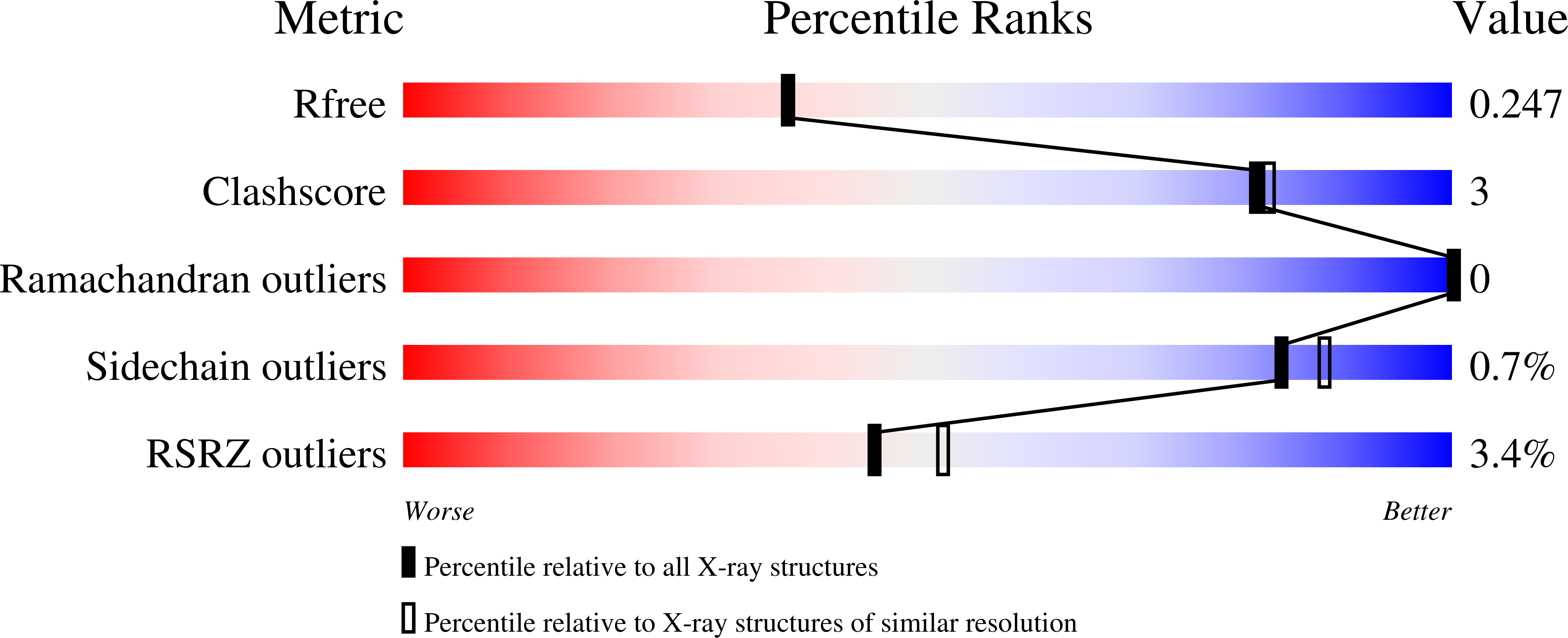
Deposition Date
2020-08-20
Release Date
2021-05-05
Last Version Date
2024-05-01
Entry Detail
PDB ID:
7A4T
Keywords:
Title:
Crystal structure of the GCN coiled-coil in complex with nanobody Nb39
Biological Source:
Source Organism:
Lama glama (Taxon ID: 9844)
Saccharomyces cerevisiae (Taxon ID: 4932)
Saccharomyces cerevisiae (Taxon ID: 4932)
Host Organism:
Method Details:
Experimental Method:
Resolution:
2.12 Å
R-Value Free:
0.24
R-Value Work:
0.18
R-Value Observed:
0.18
Space Group:
P 42 3 2


